- News
- Reviews
- Bikes
- Components
- Bar tape & grips
- Bottom brackets
- Brake & gear cables
- Brake & STI levers
- Brake pads & spares
- Brakes
- Cassettes & freewheels
- Chains
- Chainsets & chainrings
- Derailleurs - front
- Derailleurs - rear
- Forks
- Gear levers & shifters
- Groupsets
- Handlebars & extensions
- Headsets
- Hubs
- Inner tubes
- Pedals
- Quick releases & skewers
- Saddles
- Seatposts
- Stems
- Wheels
- Tyres
- Tubeless valves
- Accessories
- Accessories - misc
- Computer mounts
- Bags
- Bar ends
- Bike bags & cases
- Bottle cages
- Bottles
- Cameras
- Car racks
- Child seats
- Computers
- Glasses
- GPS units
- Helmets
- Lights - front
- Lights - rear
- Lights - sets
- Locks
- Mirrors
- Mudguards
- Racks
- Pumps & CO2 inflators
- Puncture kits
- Reflectives
- Smart watches
- Stands and racks
- Trailers
- Clothing
- Health, fitness and nutrition
- Tools and workshop
- Miscellaneous
- Buyers Guides
- Features
- Forum
- Recommends
- Podcast
TECH NEWS
Lapierre launches new disc road bikes and gravel bikes for 2017
French bicycle brand Lapierre celebrates its 70th birthday this year, and to mark the occasion it has launched four new road bikes and a radical new time trial bike.
First launched last year, the flagship Xelius SL race bike is now available with disc brakes, there’s a redesigned Sensium endurance bike available with disc brakes, an aluminium gravel bike and a carbon cyclocross race bike. Oh, and a new time trial bike.
Founded in Dijon, France in 1946, the company is currently headed by Giles Lapierre, and despite being acquired by the Accell group a few years ago, it’s still very much a family business and rooted in France, with factories in Dijon and Saint Etienne.
Racing is important to the company. It has extended its contract with the FDJ team for another two years, taking it to 2018. Lapierre has been supplying bikes for the French team since 2001, the longest standing partnership in the sport, and that partnership is arguably starting to pay off as French cycling is enjoying a revival of fortunes with some serious contenders for the Tour de France podium. Lapierre makes much of this partnership and explains to us in the presentation how pivotal having access to high-quality feedback from the riders is to the development of the new bikes.
Xelius SL Disc
The most interesting new bike of the four road bikes released for 2017 is a disc brake version of the lightweight Xelius SL that was launched this time last year. It’s a bike built for the racing team, designed to be light and stiff, and to equip it with disc brakes, Lapierre has used 12mm thru-axles at both ends and the Shimano Flat Mount standard for attaching the brake callipers to the frame and fork.
If or when the professional cycling teams switch to disc brakes, this is the bike the FDJ team will be riding. Most WorldTour bike sponsors are now at the stage where they offer a disc-equipped version of their flagship race bikes. It looks like 12mm thru-axles front and rear and 140mm rotors are increasingly being adopted on these new bikes and we expect them to become the standard.
To accommodate the disc brakes, the chainstays have been stretched by 10mm so they’re now 415mm, the minimum length recommended by Shimano to avoid chain line issues that can occur due to the wider rear axle necessary for the disc brake. Other than the slightly longer wheelbase this change produces, the geometry is the same as the rim braked bike.
Lapierre hasn’t just slapped on a pair of disc brakes to the previous bike, it’s totally redesigned the frame to fully account for the forces and heat generated by disc brakes. To deal with the heat, the carbon resin in the frame and fork around the disc mounts has been modified with a special high TG (the melting point) resin that is normally used in carbon clincher rims. This helps the carbon to withstand high temperatures, in the region of 190°C.
The Xelius SL retains its focus on a high stiffness to weight ratio. The company admits it’s not the absolute lightest top-end frame, but it has focused instead on lowering the centre of gravity by reducing the weight in the top half of the frame, with as much as 100g sliced away compared to the previous Xelius. A compartment in the down tube hides the battery low down in the frame.
There will be three disc models and four rim brake bikes available, we’ll confirm model details and prices soon. As well as being available with disc brakes, the Xelius SL is now available in a women’s XXS size, complete with women-specific components and paint job.
Sensium endurance disc bike
Lapierre has taken its Sensium, an endurance/sportive model, and completely redesigned it, in the process adding disc brakes. It's also available without disc brakes if you prefer rim brakes.
The geometry is retained from the previous version, which we’ve tested and found to be a highly capable bike. Compared to the Xelius SL race bike, the Sensium has a shorter top tube and taller head tube.
The new Sensium does borrow some technology first seen in Xelius SL such as the Trap Door Technology for housing a Di2 battery in the down tube, a sandwich rear mech hanger that increases stiffness to provide better shifting performance, and Power Box frame design, which places more carbon in the lower half and less in the top section of the frame.
Unlike the thru-axles of the more expensive Xelius SL, the Sensium uses regular quick release axles at both ends, Lapierre saying this is simply to keep the price of the bike down and ensure it hits the right price points to be competitive in what is a crowded market. It does retain the modern Flat Mounts, however.
Comfort is a big factor with any endurance bike, so the Sensium has a 27.2mm seatpost to provide a bit of added deflection, along with very skinny rear stays and a flattened top tube that should boost the ride comfort of this bike. There is still a tapered head tube and oversized chainstays to ensure it can deliver the necessary stiffness to be a responsive and engaging ride.
There will be two disc models and three rim braked bikes to choose from in the 2017 Sensium range. The disc models will come with 140mm rotors and disc-specific wheels. The chainstays are 3mm longer (415mm) to avoid chain line issues with the 142mm wide rear axle compared to the rim brake version.
Crosshill gravel bike
With the Cross Carbon aimed at the cyclocross racing fraternity, the Crosshill is intended for the growing adventure and gravel bike market.
"Blending the best aspects of road, off-road and utilitarian design, the Crosshill is the bike to make even the most epic journey fast, fun and easy," says Lapierre.
It features a frame made from Supreme 5 aluminium with a full carbon fibre fork, with bags of clearance for up to 50mm wide tyres, and it comes with disc brakes and thru-axles front and rear.
The geometry takes its lead from the Sensium with relaxed numbers, a short top tube and tall head tube, and a version of the carbon fork used on the Carbon Cross. There are 12mm thru-axles front and rear with disc brakes and it comes with 140mm rear disc rotors and 160mm front rotors.
The frame features rack and mudguard mounts and bikes will be specced with wide-range mountain bike cassettes and compact chainsets to provide all the gearing needed to tackle any terrain.
There will be two Crosshill models to choose from.
Cross Carbon cyclocross race bike
Lapierre is setting its sights on the popular cyclocross market with its new Cross Carbon, a bike designed to excel at racing with features like an “Ergonomic Shoulder Zone” on the top tube for less uncomfortable shouldering over obstacles like steps, steep banks and wooden planks.
Most consumer cyclocross bikes these days are sold with disc brakes and Lapierre has also given the bike 12mm thru-axles at both ends. If you don’t want disc brakes, Lapierre doesn’t want to force them on you, and the Cross Carbon is available with cantilever brakes if you prefer.
To save money Lapierre uses the same frame with dual disc and canti mounts and just swaps the fork depending on the braking system. It does mean rather ugly redundant canti bosses on the disc bike, though, which is a shame because I like the curvy seatstays.
It may be intended for cyclocross racing, but Lapierre has added rack mounts providing a dose of extra versatility. Cables are internally routed and it’s Di2 compatible. Bikes will come with 46/36 chainsets and 11-32t cassettes.
Aerostorm DS time trial bike
Last but not least, the Aerostorm DS is a brand new time trial bike that the FDJ team has already been putting through its paces this season.
It’s billed as a revolutionary bike for the company, and so successful was its debut that the FDJ team won the team time trial at the Tour of Med, a first for Lapierre to boast about a time trial victory.
Everything about the bike is brand new. As well as aerodynamics, a big part of the development was to focus on the handling and braking performance, two areas where time trial bikes can typically suffer badly. If you’ve ever watched a time trail and seen a rider tiptoe around tricky corners, you can appreciate how important a good handling bike is, something that is usually forgotten in the search for aerodynamic gains. Lapierre reckons this design direction was critical to allowing a rider to produce a good time against a clock.
Integration has been the buzzword for time trial bikes over the past few years. Lapierre has designed every component to work together to reduce drag, from the shrouded brakes to the handlebars, with the PRO extensions the only off-the-shelf component on this frame. The handlebar setup allows a wide range of adjustment, so important to let a rider get the optimal position.
It’s gone on a serious diet as well, with a whopping 600g lopped off the frame. That’s enough to allow Lapierre to claim it’s the lightest time trial bike in the peloton with a medium weighing 8.1kg. That’s with a Dura-Ace Di2 groupset and PRO wheels and parts.
Lapierre says the bike was designed using computational fluid dynamics (CFD) which pretty much every bike company uses now to develop a new frame, and then verified its findings with real-world testing at the Roubaix velodrome and on the road last autumn, with help from FDJ pros Steve Morabito and Thibaut Pinot.
The frame also features the Trap Door Technology (TDT) first introduced on the Xelius SL last summer. This is basically a compartment in the bottom bracket for housing the Di2 battery. Lapierre reasons that as well as improving aerodynamics, it also keeps the weight low in the frame, which also contributes to the handling improvements.
The Aerostorm DRS should be available in January 2017 and we’ll hopefully have a price nearer the time.
More at www.lapierre-bikes.co.uk
David worked on the road.cc tech team from 2012-2020. Previously he was editor of Bikemagic.com and before that staff writer at RCUK. He's a seasoned cyclist of all disciplines, from road to mountain biking, touring to cyclo-cross, he only wishes he had time to ride them all. He's mildly competitive, though he'll never admit it, and is a frequent road racer but is too lazy to do really well. He currently resides in the Cotswolds, and you can now find him over on his own YouTube channel David Arthur - Just Ride Bikes.
Latest Comments
- whosatthewheel 2 hours 46 min ago
Except, the earth isn't flat. It's a cube.
- David9694 4 hours 28 min ago
Black ice or avoiding a cyclist
- Spangly Shiny 4 hours 38 min ago
Ahem, that would actually be two through lanes for the city traffic and two lanes that filter right onto Owlerton Green. This is a major junction...
- chrisonabike 4 hours 54 min ago
Now I'm very afraid. If they're falling back on "but all drivers are trained and we have road laws" as a safety measure all bets are off. As far...
- don simon fbpe 5 hours 4 min ago
They'll go batshit when they find out what TNT Sports have done in U.K.
- Rendel Harris 5 hours 11 min ago
Sorry, I think you can only see this on Facebook, but absolutely brilliant: guy in a Range Rover has his vehicle seized for no insurance, his wife...
- Spangly Shiny 5 hours 48 min ago
So which is the free one then? All the ones I can see in this list will cost.
- don simon fbpe 5 hours 56 min ago
Nice though that Ribble is, it's not a pro-team bike, is it? Got to love a bit of 90s Campagnolo, shame it's only a 50t, but I guess those Chiltern...
- chrisonabike 7 hours 23 min ago
Agree, but again it's how to start to break the vicious circle?...
- chrisonabike 7 hours 35 min ago
I'm either amazed that they can get through with (presumably) a full sized waste truck, or amazed that she could not. Although as you say the bin...






















































































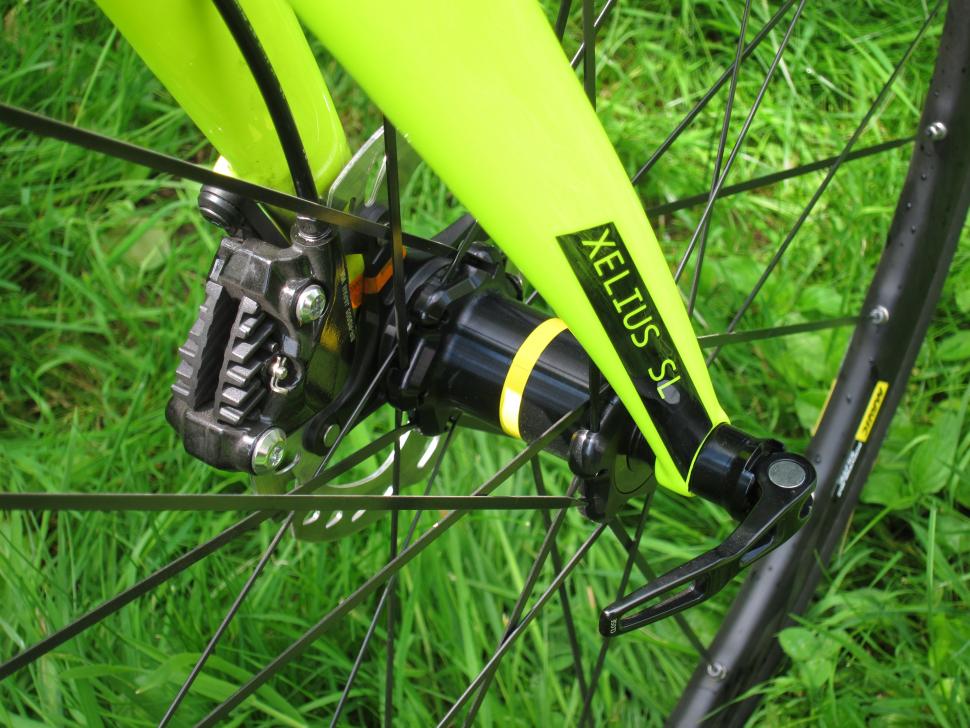
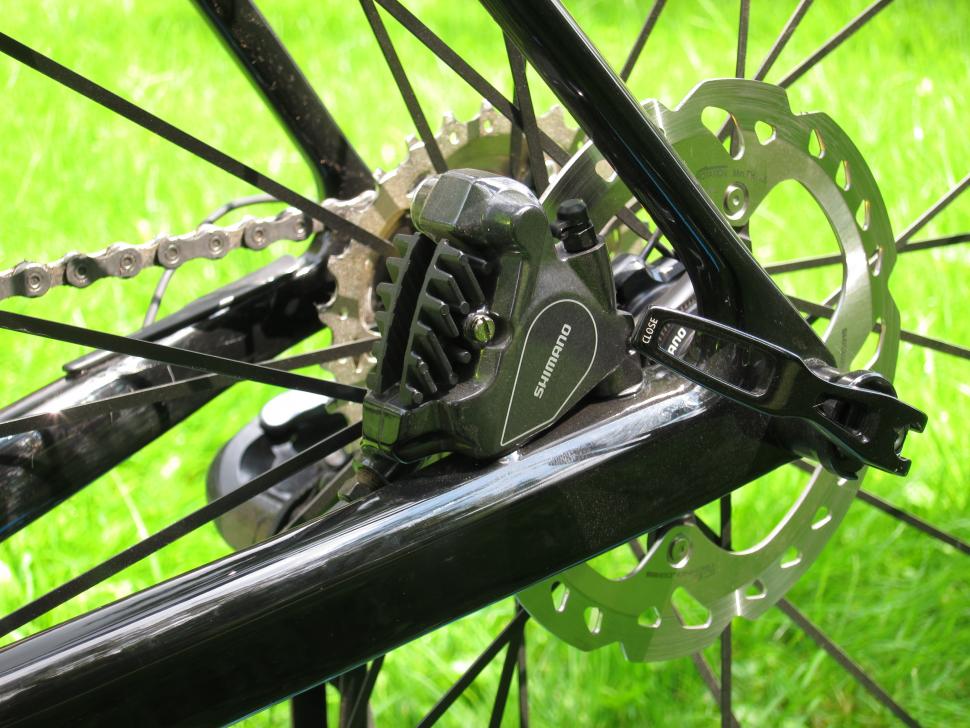




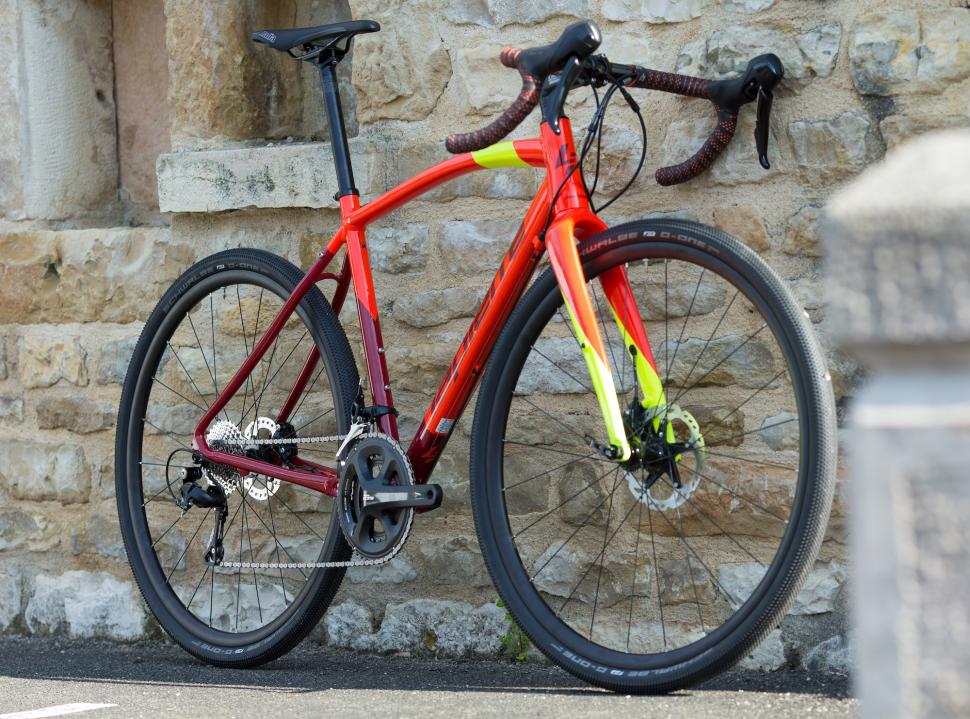


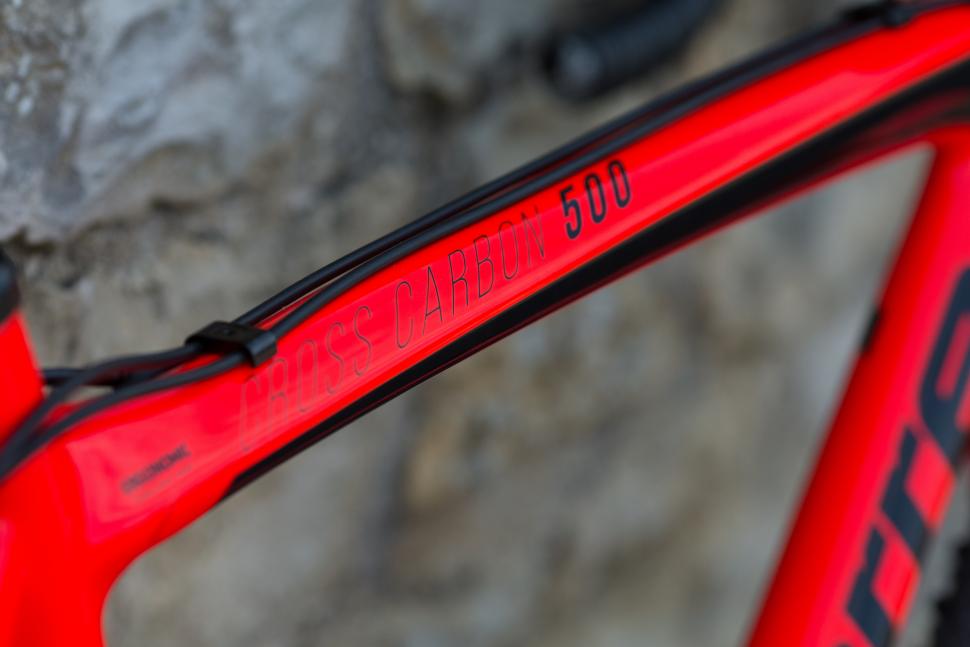
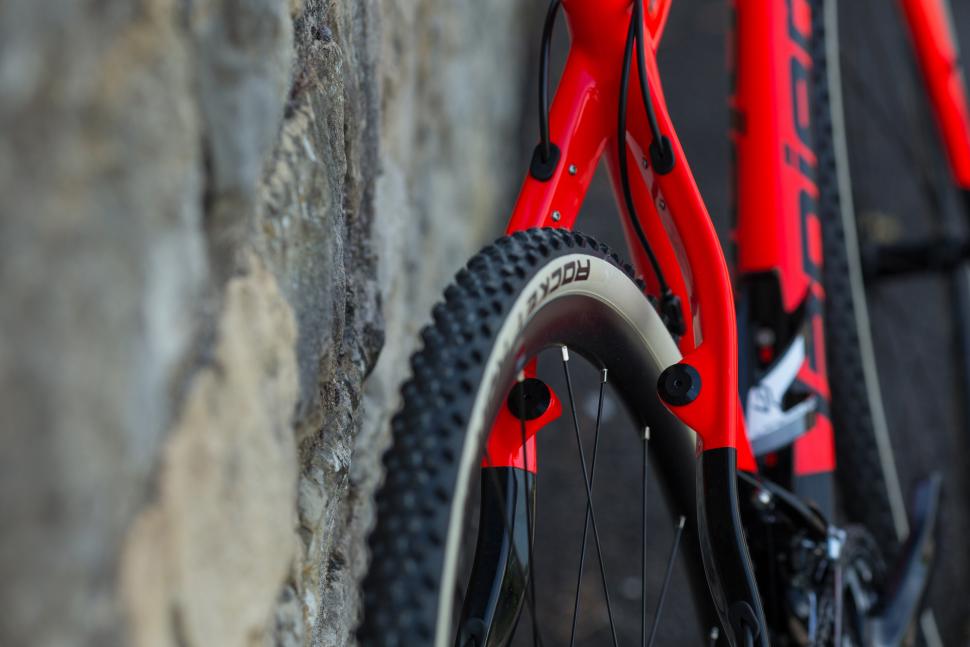

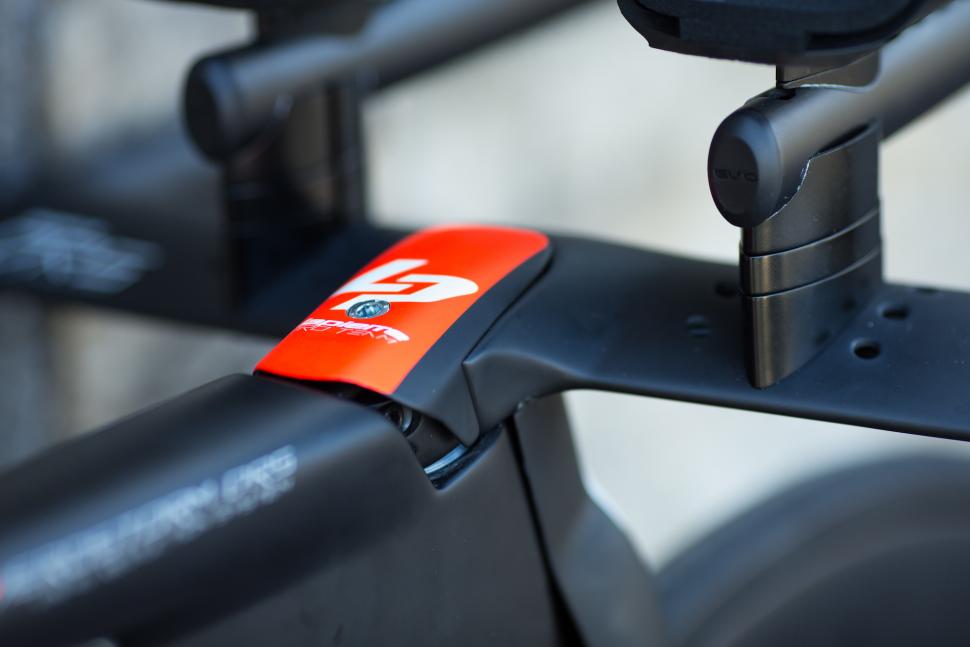
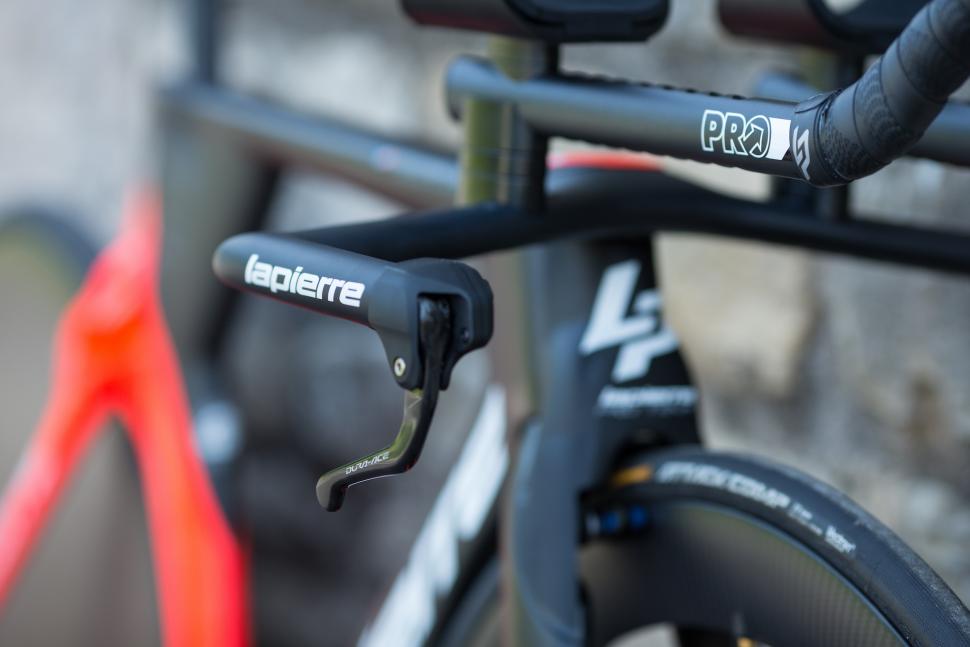

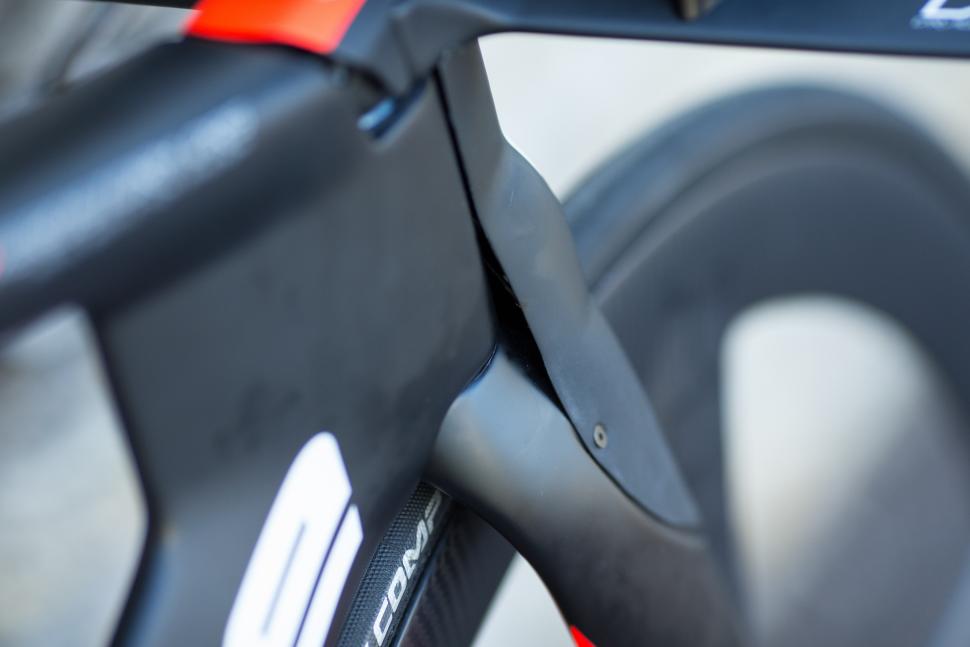
Add new comment
1 comments
It's interesting how the Xelius is so gorgeous whereas the GT Grade, which has a similar frame quirk, looks like it hit every branch on the way down as it fell out the ugly tree .
.